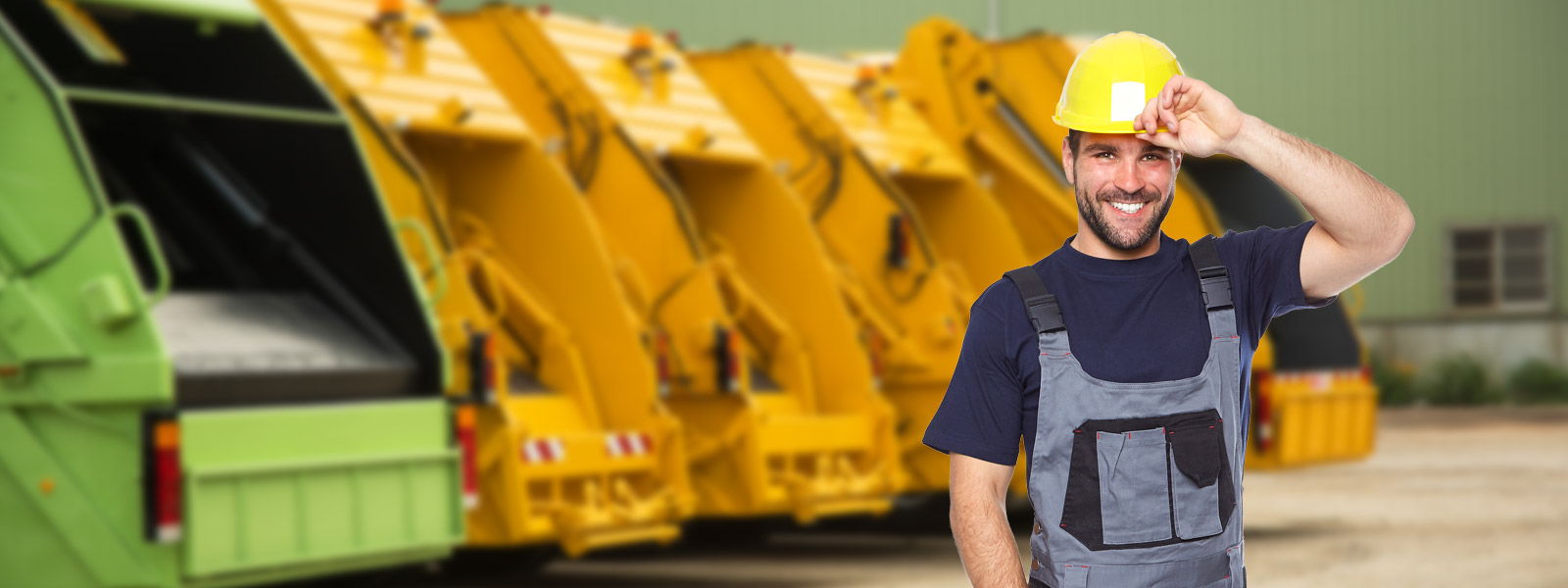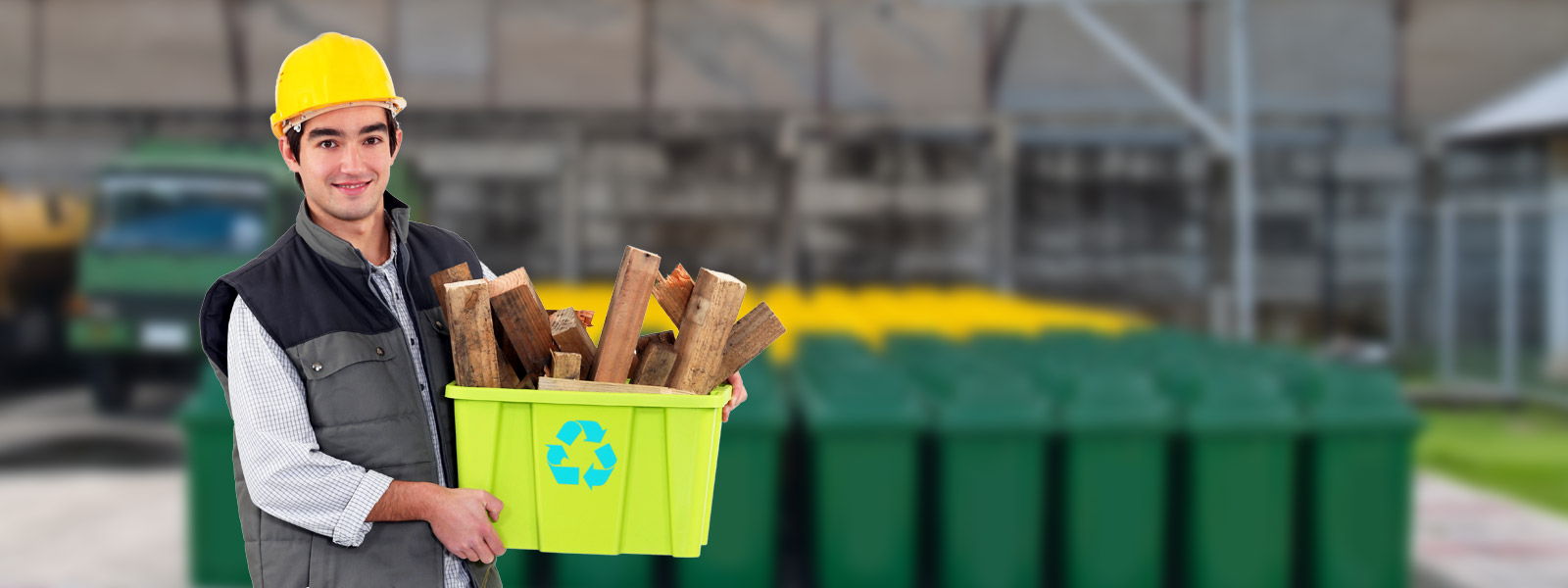Rubble and Brick Clearance
Posted on 09/11/2024
Introduction to Rubble and Brick Clearance
In the world of construction and renovation, the accumulation of rubble and brick is an inevitable part of the process. Rubble, which consists of broken stone, brick, concrete, and other demolition debris, can amass quickly and overwhelm your site. Proper clearance of this material not only keeps your project site safe and organized but also ensures compliance with local regulations and environmental standards.

Understanding the Importance of Rubble and Brick Clearance
Effective rubble and brick clearance are crucial for several reasons. Firstly, it ensures the safety of the workers on-site by reducing the risk of accidents and injuries. Secondly, it improves efficiency, as a tidy worksite allows for smoother operations. Thirdly, proper clearance fosters environmental sustainability by facilitating the recycling and repurposing of materials, thus reducing landfill waste.
Methods of Rubble and Brick Clearance
There are several methods to clear rubble and brick from a construction site:
1. **Manual Removal**: This involves laborers physically collecting and transporting the debris to designated disposal areas. While effective for smaller sites, it can be labor-intensive and time-consuming.
2. **Mechanical Removal**: For larger sites, machinery such as excavators, bulldozers, and dump trucks are employed. These machines can handle large volumes of debris quickly and efficiently.
3. **Skip Hire**: Hiring skips or dumpsters is a popular option. You can fill these containers with debris, and the hire company will take responsibility for disposal.
4. **Grab Lorry Hire**: Grab lorries have extended hydraulics arms capable of picking up large volumes of rubble and brick. This method is ideal for sites with restricted access.
5. **Recycling and Repurposing**: Many materials, such as bricks and concrete, can be crushed and reused for other construction projects, thus promoting sustainability.
Rubble and Brick Recycling Process
Recycling rubble and brick is an environmentally friendly option. The process involves:
1. **Collection and Sorting**: Debris is collected from the site and sorted to remove any contaminants or materials that cannot be recycled.
2. **Crushing**: The sorted rubble is then crushed into smaller, more manageable pieces.
3. **Screening**: The crushed material is screened to separate it by size and to ensure consistency.
4. **Reusing**: The resulting material can be used for a variety of purposes, including road sub-base, landscaping, or as raw material for new bricks and concrete.
Tips for Efficient Rubble and Brick Clearance
1. **Plan Ahead**: Have a rubble and brick clearance plan in place before starting the project. This will save you time and resources.
2. **Hire Professionals**: Consider hiring a professional clearance service to handle the debris, especially for large or complicated projects.
3. **Segregate Waste**: Separate recyclable materials from non-recyclable ones. This makes the recycling process more efficient.
4. **Use Appropriate Equipment**: Ensure you have the right equipment for the clearance process, including protective gear for workers.
5. **Stay Compliant**: Familiarize yourself with local regulations regarding waste disposal and recycling to ensure compliance.
Pros and Cons of Rubble and Brick Clearance
**Pros:**
- **Safety**: Keeps the site safe for workers.
- **Efficiency**: Promotes a smooth workflow.
- **Environmental Benefits**: Encourages recycling and reduces landfill waste.
- **Compliance**: Ensures adherence to local regulations.
**Cons:**
- **Cost**: Professional clearance services and equipment hire can be expensive.
- **Time-Consuming**: Manual clearance can be slow.
- **Space Requirements**: On-site storage and sorting of rubble can occupy significant space.

Takeaways
Proper rubble and brick clearance are essential for maintaining safety, efficiency, and environmental sustainability on a construction site. There are various methods available, each with its advantages and challenges. Recycling and repurposing materials can provide additional environmental benefits.
Conclusion
Rubble and brick clearance should not be overlooked in any construction or renovation project. By planning ahead, using appropriate methods, and considering recycling options, you can manage debris effectively. Although there are associated costs and challenges, the benefits of maintaining a safe, efficient, and environmentally friendly site far outweigh these drawbacks. Whether you choose to handle the clearance yourself or hire professionals, ensuring proper debris management will contribute significantly to the success of your project.
```

 020 3744 6462
020 3744 6462 020 3744 6462
020 3744 6462




 House clearance
House clearance Rubbish collection
Rubbish collection




